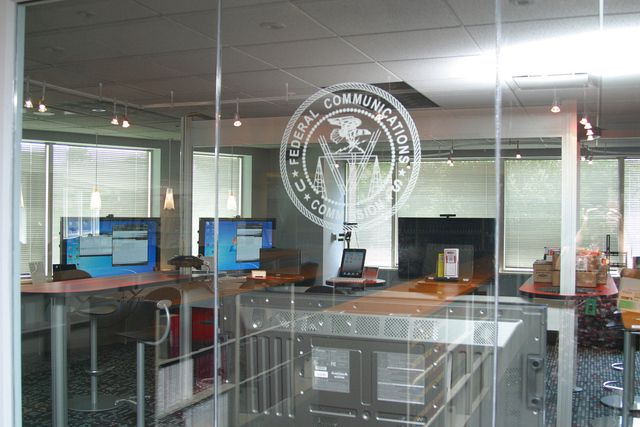Yesterday, the FCC published a press release stating that T-Mobile has agreed to improve its communications with customers regarding network connection speeds. T-Mo has agreed to take steps to make sure that customers running speed tests on the network receive accurate information, even when the customer is subject to reductions after hitting their personal data limit.
The carrier will send texts to customers enabling them to get accurate speed information, and place direct links to accurate speed tests on handsets. It has also agreed to update its website disclosures, providing clearer information about the speeds customers actually experience. T-Mobile and the FCC agreed that these steps will be implemented starting immediately, and will be fully up and running within 60 days.
Tom Wheeler, the commission’s chairman said that “the FCC is committed to ensuring that broadband providers are transparent to consumers. I’m grateful T-Mobile has worked with the FCC to ensure that its customers are better informed about the speeds they are experiencing. Consumers need this information to fully understand what they are getting with their broadband service.”
As we reported a few months ago, currently, T-Mobile exempts speed test apps and sites like Ookla’s and Sensorly’s from showing the user’s actual download speeds. So, if a customer has hit their high-speed limit and has been slowed down, when they run a speed test they see the network’s performance. Not their own speed. At the time, T-Mobile stated that “The Ookla Speedtest.net application is designed to measure true network speed–not show that a customer has exceeded their high-speed data bucket. Other speed test providers are also whitelisted.”
With the FCC and T-Mobile’s recent agreement, if you hit your high-speed limit and are slowed down to 128kbps or 64kbps, the speed test result will reflect that.
From now onwards, if a customer hits their limit, T-Mobile will send them a text with a link to a speed test which shows their actual download speed limit. The carrier will also provide a button on customer smartphones linking to a speed test that shows actual reduced speeds. It will also modify the text messages currently being sent to customers to make it clear that certain speed tests (like Ookla, for example) may show network speeds, not their own reduced speed.

